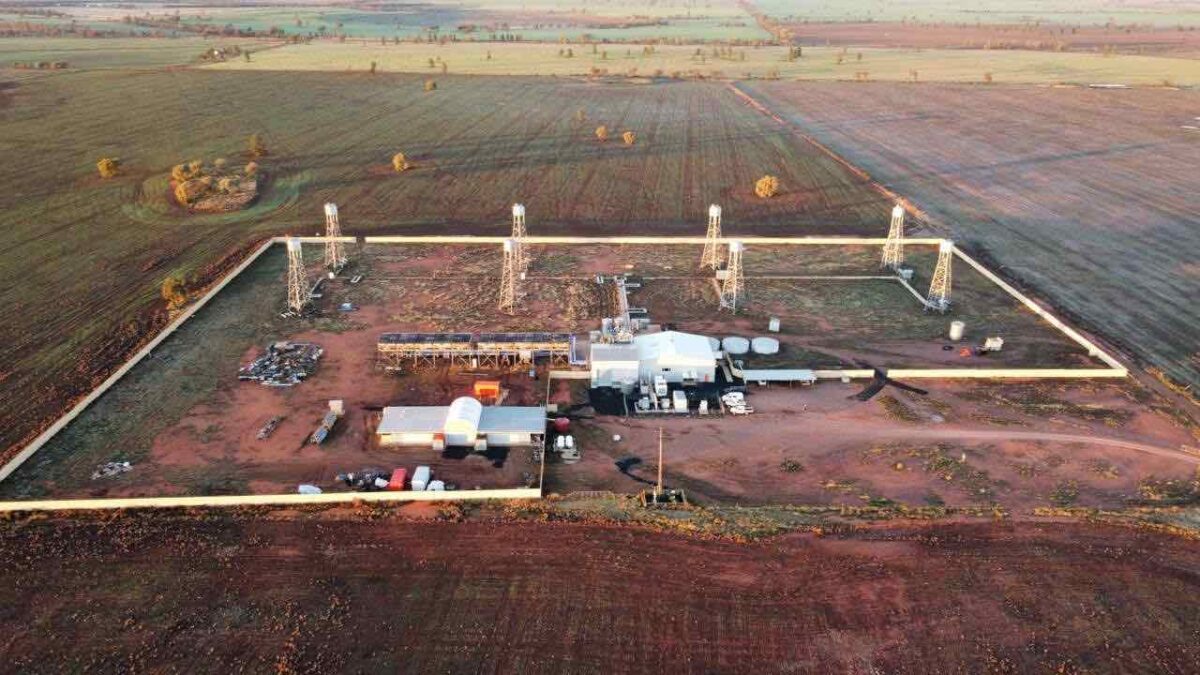Australian thermal energy storage company Graphite Energy has broken ground on its $29 million Lake Cargelligo facility in New South Wales, a renewable energy precinct designed to power sustainable agriculture.
The Lake Cargelligo facility is the first stage of Graphite Energy’s larger Lake Sustainable Energy Precinct which has been designed to generate renewable energy to then be used in energy storage for sustainable agriculture and what the company describes as a “robust circular economy”.
Graphite Energy’s plans for the Lake Cargelligo facility were approved in September, allowing the company to quickly move to begin construction this week.
Once fully operational, the $29 million Lake Sustainable Energy Precinct will include a 5MW solar PV farm which will deliver power to multiple forms of integrated energy storage, including battery storage, thermal energy storage, and hydrogen energy storage.
The project – being developed jointly by Graphite Energy and local private company Cygnus Agriculture, along with other stakeholders – will use the stored energy and electricity to power sustainable agricultural operations.
Among the planned operations to benefit from the stored renewable energy and electricity are agrivoltaics, a greenhouse for vegetables and leafy greens, and a tank-based fish farm.
Graphite Energy hopes to show how renewable energy and agriculture can coexist without being forced to forego farmland. The Lake Sustainable Energy Precinct will serve as an Australian-first pilot model that can be scaled and replicated, not only across Australia, but around the globe.
“We are so pleased to see the development take shape and have our mission of transitioning to a lower carbon economy come to life,” said Peter Lemmich, Graphite Energy CEO.
“Building the Lake Sustainable Energy precinct to be a pioneer in the pathway for the decarbonisation of agriculture and a greener future is now becoming a reality.”
Construction of the first stage is expected to be completed by July 2024, but when fully operational Graphite Energy expects the project to help avoid over 250,000 tonnes of CO2 equivalent over its lifetime.
Surplus energy generated by the solar farm but unable to be used by the integrated storage technologies will be exported to the grid. Similarly, waste from the various agricultural operations will be recycled to create compost and fertiliser.










